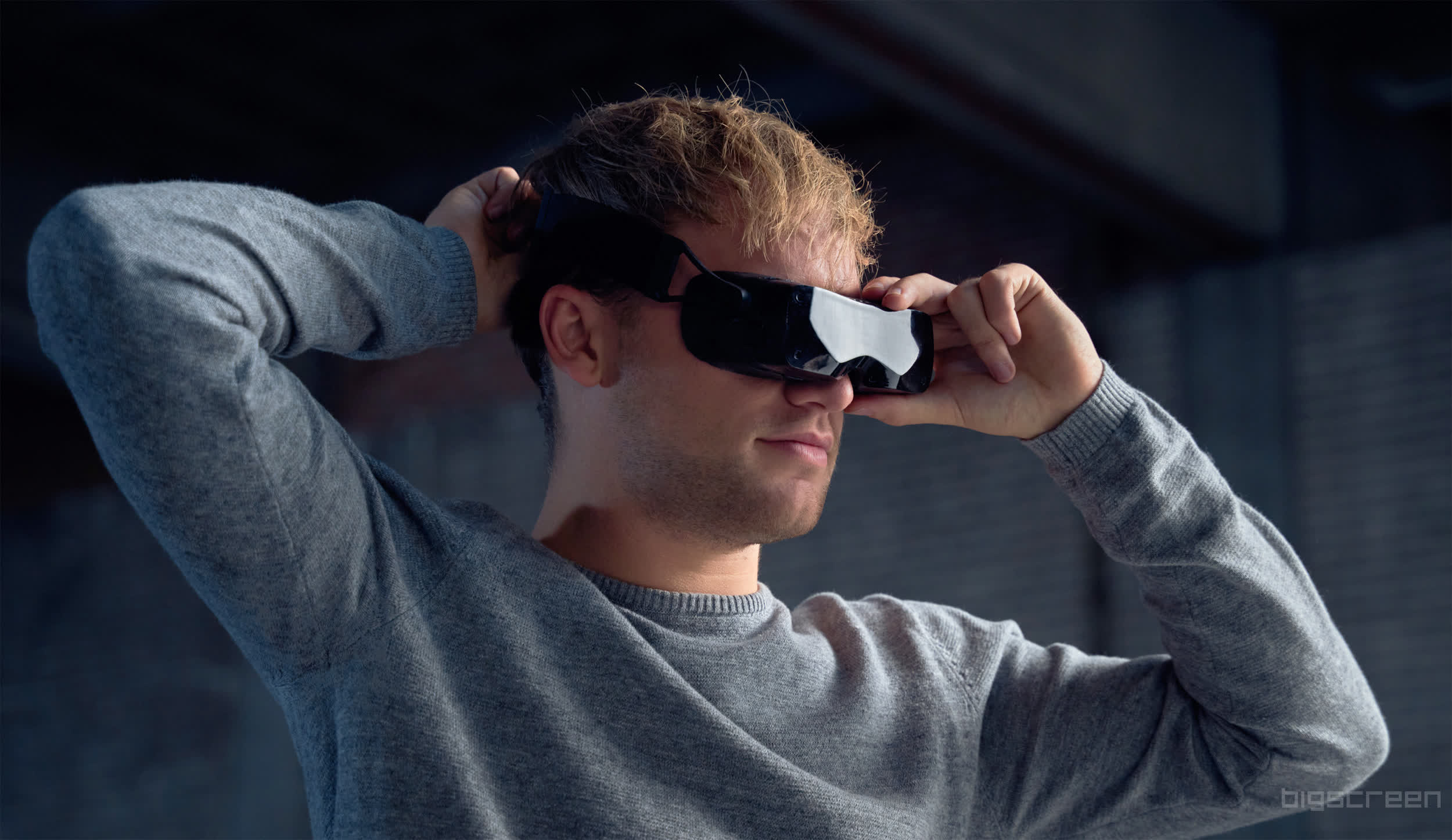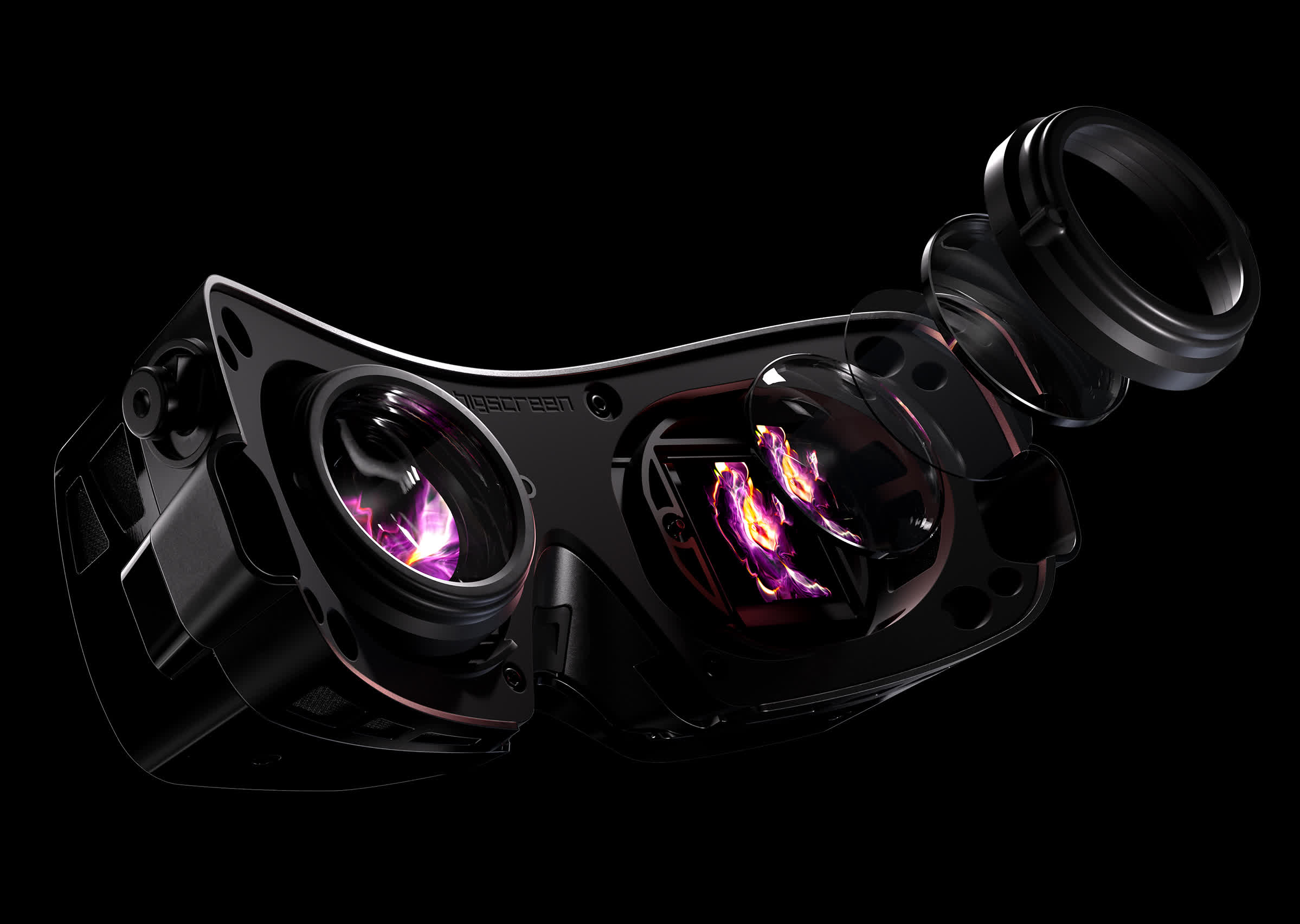In a nutshell: Interested in a cutting-edge virtual reality headset but put off by bulky and heavy designs? Perhaps Bigscreen's debut offering is worth a look. The Bigscreen Beyond is billed as the world's smallest virtual reality headset. It measures less than an inch at its thinnest point (24mm x 143.1mm x 52.4mm) and weighs just 127 grams, or about 4.5 ounces, which the company claims is roughly six times lighter than competing devices.

It's no slouch in the hardware department, either. The goggles employ a pair of OLED displays operating at a resolution of 2,560 x 2,560 each that could go a long way in minimizing or totally eliminating the nagging screen door effect that plagued some earlier headsets. The system supports 75Hz and 90Hz refresh rates, we're told.
The displays are mated to a three-element lens comprised of plastic polymers, glass, films and coatings that provide a 93-degree horizontal field of view and a 90-degree vertical FOV.

Each headset is custom built to better match the shape of the buyer's face. After pre-ordering, customers can use an app to scan their face and send it to Bigscreen to have a custom foam cushion constructed. It is then paired with a headset matching your interpupillary distance (the distance between your eyes) before shipping.
This custom step ensures the best possible fit but adds weeks or even months to the order fulfillment process. It also means the headset won't be a great fit for other users and could make resale more difficult down the road.
The Bigscreen Beyond is available to pre-order now priced at $999. Notably, the kit only includes the headset itself and a cable to link it to your computer meaning you'll need to supply your own controllers and base station hardware. Bigscreen recommends at least an Nvidia RTX 2070 / AMD RX 5700 XT or newer GPU (DisplayPort 1.4 and DSC required), at least 16GB of RAM and a vague Intel / AMD quad-core CPU to run the headset.
The first wave of pre-orders is expected to ship in the third quarter of 2023.
https://www.techspot.com/news/97602-bigscreen-beyond-world-smallest-vr-headset.html